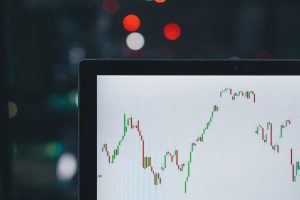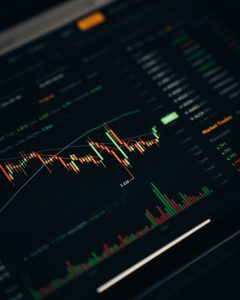Forex prices, also known as currency exchange rates, are constantly fluctuating. This can be confusing and frustrating for traders, especially those new to the forex market. Understanding how and why forex prices move is essential for successful trading.
The forex market is the largest financial market in the world, with over $5 trillion traded daily. It is a decentralized market, meaning it is not housed in one specific location. Instead, it is made up of a network of banks, financial institutions, and individual traders who buy and sell currencies around the clock.
The prices of currencies are influenced by a variety of factors, including economic and political news, global events, and market sentiment.
One of the main drivers of forex prices is interest rates. Central banks use interest rates to control inflation and stimulate economic growth. When a central bank raises interest rates, it makes the currency more attractive to investors as they can earn a higher return on their investment. This increased demand for the currency causes its value to rise. Conversely, when interest rates are lowered, the currency becomes less attractive, and its value decreases.
Another key factor that influences forex prices is economic data. Economic indicators such as GDP, inflation, and employment figures can impact a currency’s value. Positive economic data, such as a strong jobs report, will boost a currency’s value, while negative economic data, such as a recession, can cause its value to decline.
Political events can also have a significant impact on forex prices. Elections, political crises, and changes in government policies can all affect a currency’s value. For example, if a country’s government implements policies that are perceived as pro-business, it may attract foreign investment, which can increase demand for its currency. On the other hand, if a country’s government is unstable, investors may shy away from investing in that country, causing its currency to depreciate.
Market sentiment, or the overall mood of the market, can also impact forex prices. If investors are optimistic about the economy, they may be more willing to take risks, which can lead to increased demand for higher-yielding currencies. Conversely, if investors are nervous about the economy, they may prefer to invest in safer currencies, such as the US dollar, which can cause its value to rise.
Technical factors, such as chart patterns and trading volume, can also influence forex prices. Traders use technical analysis to identify trends and patterns in the market, which can help them make informed trading decisions.
In conclusion, forex prices are influenced by a variety of factors, including interest rates, economic data, political events, market sentiment, and technical factors. Traders need to stay informed about these factors and their potential impact on the market to make successful trades. By understanding how and why forex prices move, traders can develop effective trading strategies and increase their chances of success in this dynamic and exciting market.






